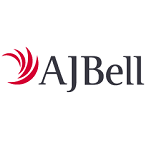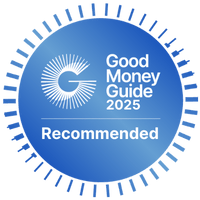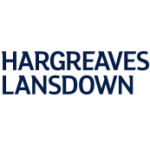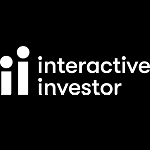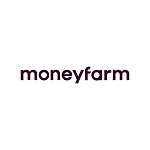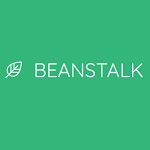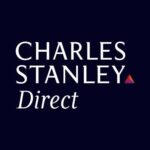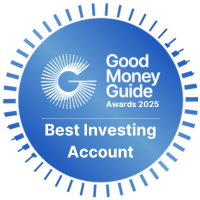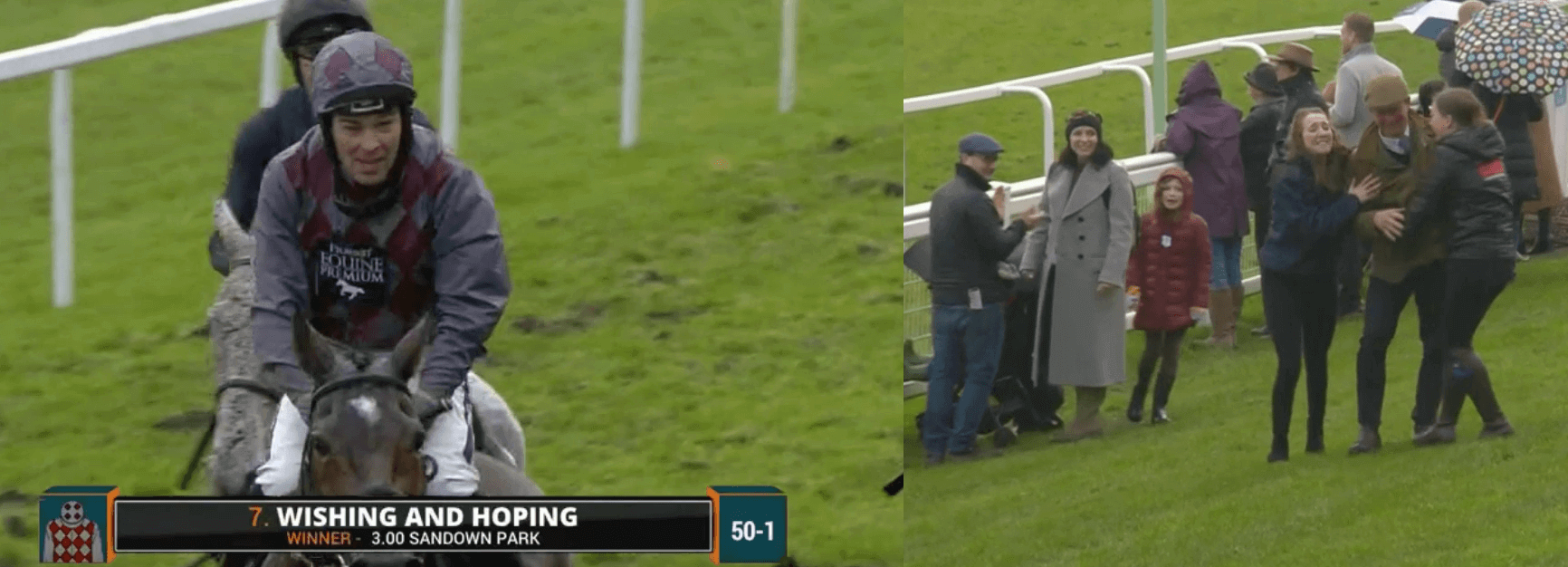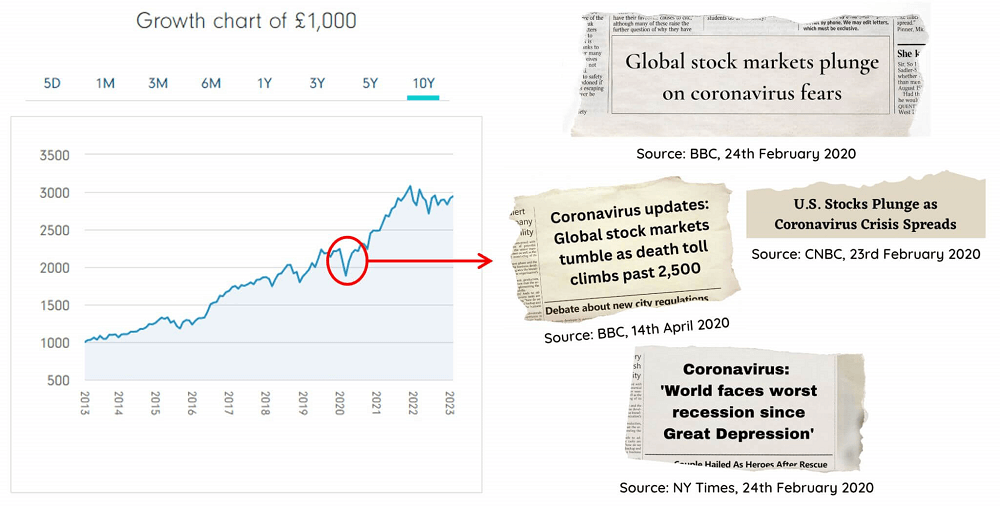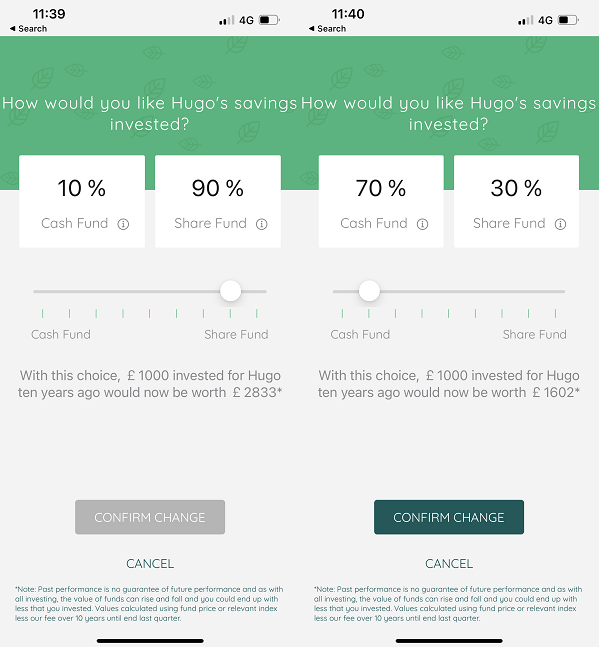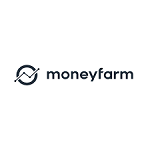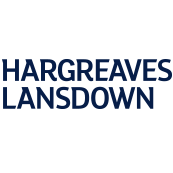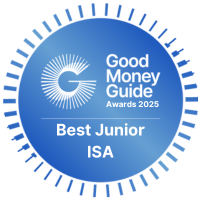Is GoHenry any good?
GoHenry is a great way to combine educating your children about the future value of money along side giving the financial independence with their pocket money app. When you invest in the GoHenry Junior ISA you are buying Vanguards LifeStrategy 60% Equity Accumulation Fund, which contains a mixture of stocks and bonds.
GoHenry’s Junior ISA
GoHenry’s Junior Stocks and Shares ISA lets you invest for your child’s 18th birthday in Vanguard’s LifeStrategy 60% fund and can be opened by parents or guardians of kids under 16 who live in the UK.
I got quite drunk at the City Am awards the other night, and after Nick Ferrari told some amusing stories about Boris Johnson and made some Whatapps jokes and dinner had been cleared, I found myself aimlessly wandering around looking for someone to talk to. The same thing happens to me at conferences, it reminds me of nightclubs at university or Saturday night discos at school pretending to look for the loo. I really just wanted to go home, but before I did, I was delighted to see that Louise Hill, one of the founders of GoHenry, who won “Entrepreneur of the year”, was still at her table.
So I strolled on over, didn’t introduce myself, and started waffling about how GoHenry was one of the best apps in the world, anywhere, ever. I’ve been chasing an interview with GoHenry for a while now, as it’s always nice to hear from the people who set up these game-changing apps to see what makes them tick. Will Carmichael, who founded Rooster Money (before Natwest bought it), had some great stories about trying to predict the stock market based on what children spend their money on. Julian Robson from Beanstalk, also had some fascinating insight into why there is never a bad time to start investing, particularly the key advantage children have over adults when it comes to investing, that being time in the market, rather than timing the market.
Anyway, it was a brief encounter, and hopefully, we’ll nail them down for a proper chat at some point.
I’m glad I did though because GoHenry has genuinely changed our lives as parents. It would be hard to say that about most financial apps, becuase they are all basically just tools. But what GoHenry has done is made our lives cheaper and easier and that’s a big win.
We first started using GoHenry during lockdown, so that the children could earn money for doing chores, but that actually became a bit of a chore for us because if I’m completely honest the app itself is a bit slow, takes ages to log in and the UX is a bit tricky to navigate. So we fairly swiftly stopped allocating pocket money based on chores and now the children just get a regular £5 a week.
The issues with the app aren’t such a big deal because they never use it, but love their cards. Amazingly they always know where they are, and haven’t lost one yet. I’d say I login once a month, so I can cope.
But, more importantly, it’s revolutionised our children’s attitude to asking for things. Before GoHenry every time we went anywhere, ever, we would be pestered for tat in gift shops, sweets in the supermarket and pleas for things their friends have.
Sometimes we’d give in, and it would cost us a fortune. But now, if they want something, we just say, “of course, you can have it if you buy it yourself”. Which triggers children to think about whether or not they actually need something. Or, if they want it more than they want something else because unlike (in their eyes anyway) their parent’s unlimited supply of magic money, being able to see what they can afford and if they buy this they may not be able to buy something else, makes them think twice about what they want.
So it’s made our lives easier because we’re not asked to buy so many unnecessary things.
Despite raising the cost of having the pocket money card from £2.99 to £3.99 a month and in percentage terms of their account balances that is massive, it’s worth every penny because we are certainly spending less than that overall. In fact, we hardly buy them anything, they do it themselves.
GoHenry can even make you money, well not you, but your children. If you get them investing with a JISA (for an additional 0.67% a year).
The key advantage of investing in a Junior ISA for your children is that once the money is in, it’s in and you can’t take it out. In fact, only your child can withdraw it when they are 18, and all profits are tax-free. Some may argue (Justin Urquhart Stewart did when I interviewed him) that 18 is the worst possible time to give children any money because they are so irresponsible at that age, but then they must grow up and make their own mistakes.
Is the GoHenry JISA safe? Yes, your funds are invested with Vanguard which is regulated by the FCA and protected by the FSCS.
What happens to the GoHenry JISA at 18? At 18 Junior ISAs automatically turn into adult ISAs and your children are free to withdraw their money.
Interest Rates & Returns
The main disadvantage of course, is that stocks and shares ISA can go down in value, which ours actually have. So, the GoHenry Junior ISA doesn’t pay interest, instead, it makes money based on how well the stock market performs. But that’s fine because we’re not trading in the short term, that money will be locked away for a good few years in Vanguard’s LifeStrategy 60% fund, which is one of the cheapest and most diverse funds about. The 60% represents the fund’s exposure to main market stocks, which generally go up. The 40% is in bonds, which generate steady income.
What’s also good about the Junior ISA is that if our children want anything ridiculous, we can force them to invest. For example, my daughter has been begging for a pair of Air Jordans which we’ve always said no to because they are over £100 and it’s insane for an eleven-year-old to have shoes that expensive. So what we actually did was buy her a second-hand pair on eBay as a treat for dealing with the stress of finding out from Surrey Country Council what school she has been allocated. However, even though we bought them, we deducted the £69.74 from her pocket money and transferred it to her JISA.
Because, whilst your children will grow out of shoes, what you really want to see grow is their financial independence so they have enough money to travel the world on their gap year.
What does the GoHenry JISA invest in?
When you invest in the GoHenry JISA, you are buying the LifeStrategy® 60% Equity Fund – Accumulation fund, which is a fund invested in 17 different other funds that track various stock and bond markets. 60% of the fund is in equity funds, whilst the remainder is in fixed-income products such as bonds.
The breakdown at the time of writing is:
- 19.50% – Vanguard FTSE Developed World ex-U.K. Equity Index Fund GBP Acc
- 19.00% – Vanguard Global Bond Index Fund GBP Hedged Acc
- 15.20% – Vanguard U.S. Equity Index Fund GBP Acc
- 15.10% – Vanguard FTSE U.K. All Share Index Unit Trust GBP Acc
- 5.70% – Vanguard U.K. Government Bond Index Fund GBP Acc
- 4.90% – Vanguard Emerging Markets Stock Index Fund GBP Acc
- 4.30% – Vanguard U.K. Investment Grade Bond Index Fund GBP Acc
- 3.30% – Vanguard FTSE Developed Europe ex-U.K. Equity Index Fund GBP Acc
- 3.10% – Vanguard U.K. Inflation-Linked Gilt Index Fund GBP Acc
- 3.00% – Vanguard Global Aggregate Bond UCITS ETF GBP Hedged Accumulating
- 1.60% – Vanguard Japan Stock Index Fund GBP Acc
- 1.30% – Vanguard U.S. Government Bond Index Fund GBP Hedged Acc
- 1.20% – Vanguard U.S. Investment Grade Credit Index Fund GBP Hedged Acc
- 1.00% – Vanguard Euro Government Bond Index Fund GBP Hedged Acc
- 0.90% – Vanguard Pacific ex-Japan Stock Index Fund GBP Acc
- 0.50% – Vanguard Japan Government Bond Index Fund GBP Hedged Acc
- 0.50% – Vanguard Euro Investment Grade Bond Index Fund GBP Hedged Acc
How much does the GoHenry Junior ISA cost?
The GoHenry Junior ISA costs 0.45% per year, based on the value of your child’s account. There is also a 0.22% fee charged by the fund manager, Vanguard. You also need to pay the £3.99 pocket money app monthly fee.
The annual fees are the same are Hargreaves Lansdown, but more than AJ Bell’s 0.25% (although you do have to pay £1.50 when you deal). Interactive Investor are also a cheaper option if you just plan on buying the same Vanguard fund once a month as their JISA is free with an adult trading account and you get one deal a month free (after that it costs around £5.99).
Alternative Junior ISA (JISA) Accounts
Who owns GoHenry?
GoHenry was recently acquired by rival platform Acorns and as is often the case in these situations it looks like the new owners are reviewing their acquisitions pricing structure.
GoHenry Co-founder and COO, Louise Hill, was recently asked about the tie-up with Acorns and the values of their new parent company which she said was to ensure the financial wellness of the everyday American by encouraging them to start investing early in a non-invasive way.
GoHenry was founded on the premise that educating children about money and personal finance was a societal good so their values seem to be aligned.
Together, Acorns and GoHenry have nearly 6 million subscribers globally (across five countries).”
However, Louise Hill seems keen to move beyond just offering services to young people and would like to expand the franchise to include the over-18s.
Now that they have been bought by the Americans, GoHenry has announced a price rise for its subscribers, who will now have to pay 33% more each month to use the pocket money app’s pre-paid debit card.
GoHenry, the savings and debit card app focused on children and teenagers, has announced an increase in the subscription paid by its users.
Subscribers will now have to fork out £3.99 each month to use the pocket money card. That may not sound like a lot but it represents a +33% increase over the previous monthly charge of £2.99.
Price rises post-acquisition are not confined to GoHenry, Nutmeg which was acquired by JP Morgan raised fees under its new ownership.
However, Roostermoney, which was bought out by Natwest, recently scrapped a proposed £1.99 per month subscription fee for access to its pre-paid debit card and pocket money app.
The monthly fee was to have become applicable in May.
The new owners relented on the charge, if only for NatWest Group customers, including RBS and Ulster Bank account holders.
Clients at other banks can still use the Roostermoney app and pre-paid debit card, but they will have to pay a £1.99 per month fee to do so.
Roostermoney was launched in 2016 and the app allows parents to load pocket money onto a pre-paid Visa debit card, which can be instantly frozen if it’s lost.
Parents can also block payments to specific merchants and the app provides real-time spending and balance notifications to both parents and children.
Kids spending habits on pocket money apps
The Good Money Guide’s Jackson Wong, recently wrote about Roostermoney’s Pocket Money Index, which tracks the spending habits of more than 125,000 young people, asking could the index help us to predict stock market moves, you can read it here
Educating youngsters about money and personal finance is a very good idea and one that will help them no end in later life, when managing your finances, saving and investing for the future becomes increasingly important.
Seeing those juveniles as cash cows, however, is another thing entirely.
Hopefully, stiff competition between providers will keep such price rises to a minimum.
Hargreaves Lansdown, the country’s largest direct-to-consumer savings and investing platform, recently removed trading fees within its Junior ISA, for example.

